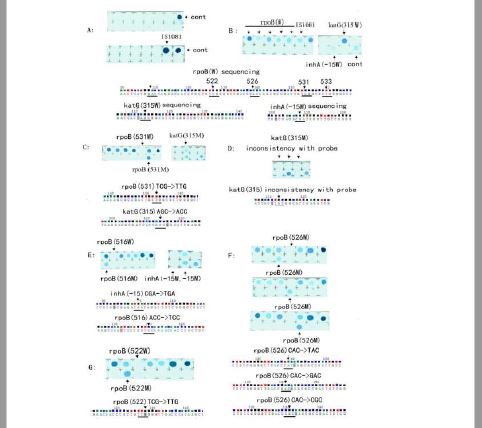Analysis of Gene Mutations in Geographically Related Drug-Resistant Tuberculosis in Henan Province, China, Using the Reverse Dot Blot Hybridization
Main Article Content
Abstract
Objective: Drug-resistant tuberculosis (TB) exhibits large geographically related differences; however, little is known about the current mutation profiles of clinical TB isolates in Henan Province, China.
Methods: Seventeen probes for rifampin (RIF) and isonicotinylhydrazine (INH) were hybridized with PCR products to detect drug resistance.
Results: Overall, 138 patients were examined using reverse dot blot hybridization (RDB). Of these, 126 samples were successfully detected. H526Y and S531L rpoB mutations and S315T katG mutation were the most frequently observed in the strains with high- or intermediate-level of drug resistance. This is the first study to show that resistance to RIF and INH is more prevalent than just resistance to RIF (64.58%) or INH (66.67%) in men. There were more drug-resistant cases (approximately 50%) in patients aged 31–59 years than in those aged ≤30 years in Henan Province. The proportion of patients with multidrug-resistant TB was 21.4%, which is higher than that in most other provinces in China.
Conclusion: The detection of rpoB, katG, and inhA mutations in INH- and RIF-resistant pulmonary TB and identification of differences between geographically related drug-resistant TB strains are necessary to prevent the progress of resistant strains and improve TB control in Henan Province. RDB is not only a rapid, sensitive, and low-cost method for the early detection of gene mutations, but can also be used to analyze specific mutations of clinical drug-resistant TB strains
